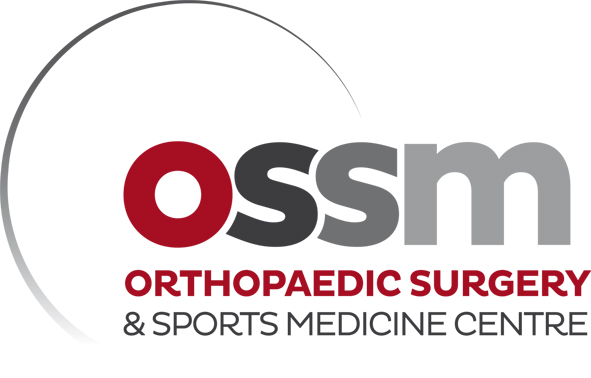Osteoarthritis
OA is the breakdown of articular cartilage, the firm gel-like tissue that covers the ends of your bones.
The articular cartilage should not be confused with the meniscal cartilage, as sometimes both are called called “cartilage”. The articular cartilage starts to become thin, soft and takes on a “crab meat” appearance.
With early osteoarthritis, the knee starts to ache with impact loading activity such as running. As the OA progresses, the ache is constantly present, and worse with activity such as walking. As it progresses it starts to interfere with most activities and sleep.
What does osteoarthritis look like?
The top left video demonstrates severe osteoarthritis, with all the articular surface of the knee worn done to bone. Some small remmants of articular cartilage remain to the right. This patient required a partial knee replacement due to the severity of the pain.
Osteoarthritis is characterised by aching pain with activity, and as it worsens, the pain also worsens.
The middle video shows moderate osteoarthritis. This person would likely get some pain running or after heavy activity.
The lowest video shows a normal knee- obviously this person would not get any pain. The meniscus is the structure sitting between the femur and tibia near the metal probe. Its acts to spread the joint load and decrease contact stress. Tears of the meniscus usually occur in isolation, due to softening & degeneration. Preservation of the meniscus is vital if possible to prevent later osteoarthritis.
Surgical management is only considered after non-operative options have failed.
Surgical Options for Osteoarthritis
1. Total Knee Replacement
2. Partial Knee Replacement
3. Osteotomy
4. Stem Cell Therapy
Osteoarthritis treatment options include non-operative and operative management.
Non-operative OA Management Options Before Considering Knee Surgery
1 Self Education: The more you understand you OA, the better you will be able to manage it.
2 Weight loss : It is both prophylactic & therapeutic
3 Appropriate Analgesia : Anti-inflammatories & Paracetamol both help, but beware the side effects as each.
4 Low Impact Exercise : Bike riding, X-trainer & swimming is much less irritation than running or fast walking
5 Braces : Such a neoprene sleeve or an unloader brace will help
6 Physiotherapy: Very helpful to strengthen weak muscles& stretch tight ones
7 Injectable Theraputics : Platelet Rich Plasma or Synvisc One can help with moderate OA
Did you know There are two types of joint cartilage?
1. Articular Joint Cartilage is a layer of hyaline tissue present at the joint surfaces, on the ends of the bones, that sustains joint loading and allows motion. It is gel-like, porous, and elastic. Normal cartilage provides a durable, low-friction, load-bearing surface for joints. It contains no nerve fibers.
2. Meniscal Joint Cartilage areC-Shaped fibro-cartilage's that articulate with the articular cartilage to spread joint load, increase joint conformity,
Severe medial knee osteoarthritis
Mild-Moderate Osteoarthritis
Normal Medial Knee Compartment at Arthroscopy



